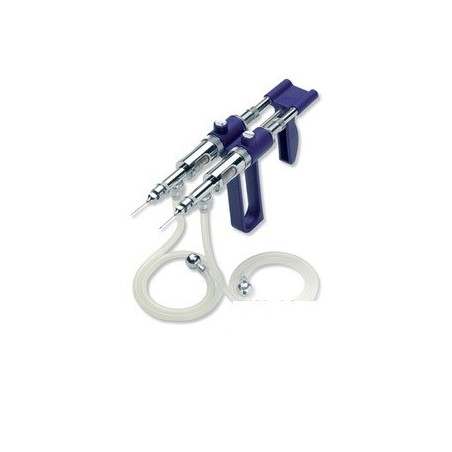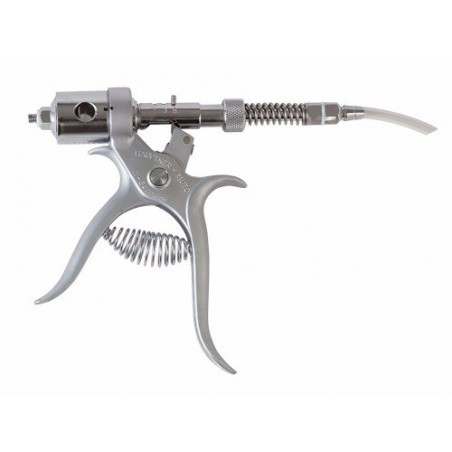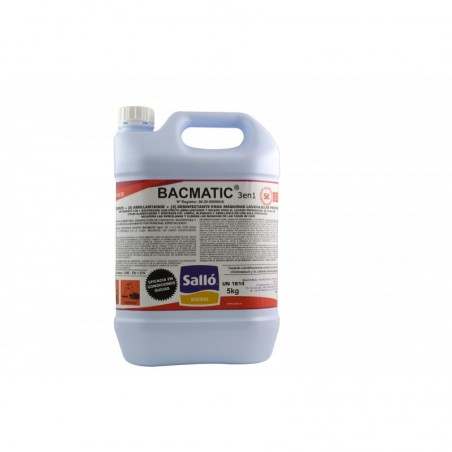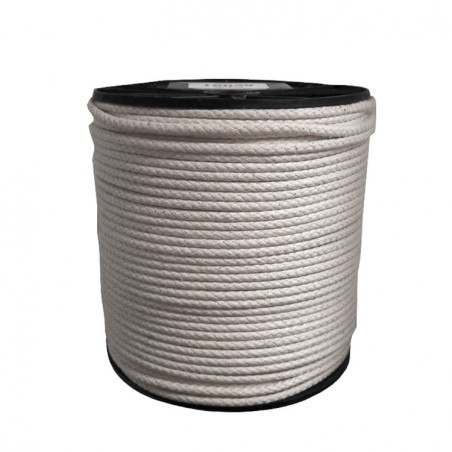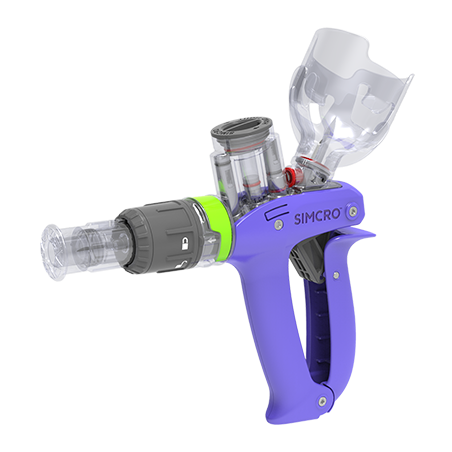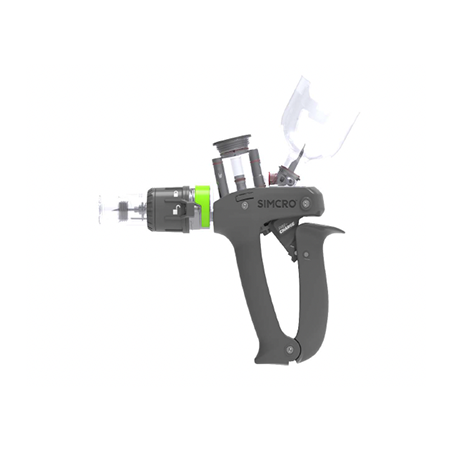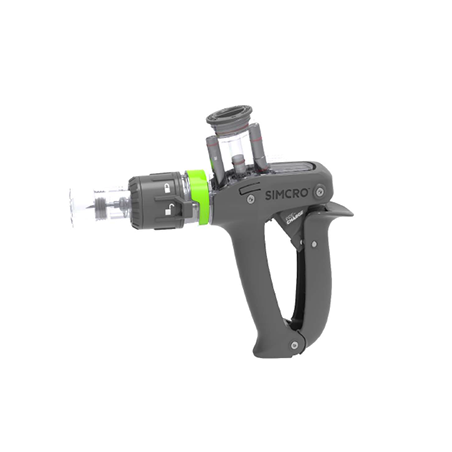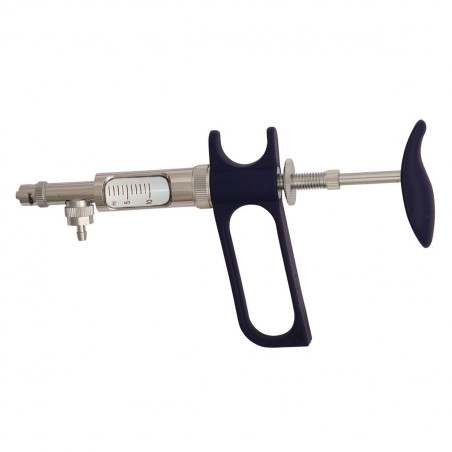Commented article
Vande Pol KD, Bautista RO, Harpe H, Shull CM, Brown CB, Ellis M. Effect of within-litter birth weight variation after cross-fostering on piglet preweaning growth and mortality. Translational Animal Science. 2021; 5(3): txab039. https://doi.org/10.1093/tas/txab039

Academic commentary, by Josep Gasa
Cross-fostering, understood as changing piglets from one sow to another in the first hours after farrowing, is common practice in farrowing units. For non-hyperprolific farms with a good health status, the rule seems to be to balance the litters by number of piglets making minimal changes between sows. However, the emergence of hyperprolific sows has led to rethinking the issue. Having more piglets born alive than there are active teats available and with a lower average birth weight, means that litter management must be modified. In fact, with hyperprolific sows, often more nurse sows are used, the intensity of cross-fostering increases, and in some cases even artificial nursing is used.
The objective of this pilot study is to evaluate the effect of intra-litter live weight variation established after cross-fostering on weaning weight and mortality during lactation. A total of 282 sows/litters were used and distributed in six experimental treatments: litters with only light weight piglets (L, <1.0 kg at birth), medium piglets (M between 1.0 and 1.5 kg), or heavy piglets (H >1.5 kg), litters with half light and half medium piglets (LM), MH litters, and LMH litters. All sows started lactation with 14 piglets. The mean proportion of L, M, and H piglets in the population was 15%, 45%, and 40%, respectively.
As expected, growth (g/d) and mortality (%) were significantly higher and lower, respectively, in heavy piglets, followed by medium and light piglets. The best growth of light piglets is obtained when the litter was uniform. In mixed litters (LM, MH, and LMH), the lighter piglets suffer and the heavier piglets benefit. Mortality in light piglets increases and mortality of heavy piglets decreases with mixed litters compared to uniform litters. The authors conclude that both the growth and mortality of piglets distributed in weight groups will vary depending on the distribution of birth weights of piglets in the population.
In practice, the results would indicate that making litters uniform by weight groups does not necessarily modify the litter weaning weight but does reduce the variability of the weaning weight of the piglets in the batch (the difference in weaning weight between light and heavy piglets is lower). However, the number of piglets subject to changing sows is 100%, far from the commercial reality, and the result is not replicable either, considering that the sows were synchronized at day 114 with prostaglandin F2α to farrow at day 115, the health status of the farm is not described, and the piglets with low vitality were excluded at the beginning. The paper serves more to initiate a forum for discussion on cross-fostering than to obtain a practical recommendation based on the results. In fact, the authors acknowledge the difficulty of coming up with commercially appropriate experimental designs capable of producing meaningful results that would provide a clear recommendation at the commercial level.
On-farm commentary, by Josep Casanovas
The ultimate goal of everyone working on a pig farm is to improve productivity.
For a sow farm, this means increasing the number of piglets weaned.
The sows' ability to farrow a good number of piglets, when their needs are properly met, means that a good part of the production capacity of a farm is determined in the farrowing room. Not only must piglets be born, but they must also be weaned.
It doesn't stop there; once weaned, we must ensure that there are no losses in the growing phase.
We are more productive, but we are not more efficient; many piglets are being lost along the way. Too often, out of the extra piglets produced, only half of them reach the slaughterhouse.
Improvements in sow management on the one hand, and the advent of hyperprolific lines on the other, mean that the number of piglets born has increased continually.
Many more piglets are born than teats are available.
This makes the practice of moving piglets from one sow to another more and more common. It seems that this is the only option we have to care for them. How and when should piglets be moved?
For this reason, scientific studies that help us make decisions at a production level are appreciated. It is not easy to do these studies.
In this case, farrowing has been induced and all piglets have been moved, two decisions that directly affect the outcome of the experiment, making it difficult to accept the results.
Inducing farrowing alters the quality of the piglet born and the colostrum produced. There is no doubt that the best teat for a piglet is that of its mother.
We have to take into account that many people think that each piglet has its own teat, so it appears that the presence of more piglets than teats penalizes the weakest ones. But this is not entirely true when there are more piglets than teats, in this situation it is not true that each piglet has its own teat, in this situation the piglets learn to share. Sows with 14 teats can wean 16 piglets.
It is also important to consider that the production process does not end once the piglets are weaned. The process ends at the end of the finishing phase. In order for the growth phase to proceed smoothly, health status is key.
To maintain good health we all know how important it is to avoid mixing origins. This idea should start at farrowing.
Moving a lot of piglets in the farrowing room may help to improve productivity in this phase, but it certainly complicates productivity in the growing phase.
The current situation with high virulent PRRS strains, more problems after weaning, restrictions in the use of antibiotics, growing interest in animal welfare conditions, etc. encourage us to change our work strategy in farrowing units.
Now we are looking for fewer piglets, but better ones.
Summary of commented articleVande Pol KD, Bautista RO, Harpe H, Shull CM, Brown CB, Ellis M. Effect of within-litter birth weight variation after cross-fostering on piglet preweaning growth and mortality. Translational Animal Science. 2021; 5(3): txab039. https://doi.org/10.1093/tas/txab039 Methods: Cross-fostering is commonly used in commercial swine production to equalize litter sizes and/or adjust piglet birth weights within litters. However, there is limited published information on optimum cross-fostering procedures. This study evaluated the effects of within-litter birth weight variation after cross-fostering (using litters of 14 piglets) on piglet preweaning mortality (PWM) and weaning weight (WW). An RCBD was used (blocking factors were day of farrowing and sow parity, body condition score, and functional teat number) with an incomplete factorial arrangement of the following two treatments: 1) birth weight category (BWC): light (<1.0 kg), medium (1.0 to 1.5 kg), or heavy (1.5 to 2.0 kg); 2) litter composition: uniform, all piglets in the litter of the same BWC [uniform light (14 light piglets); uniform medium (14 medium piglets); uniform heavy (14 heavy piglets)]; mixed, piglets in the litter of two or more BWC [L+M (seven light and seven medium piglets); M+H (seven medium and seven heavy piglets); L+M+H (three light, six medium, and five heavy piglets)]. Piglets were weighed at 24 h after birth and randomly allotted to litter composition treatment from within BWC; all piglets were cross-fostered. There were 47 blocks of six litters (total 282 litters and 3,948 piglets). Weaning weights were collected at 18.7 ± 0.64 d of age; all PWM was recorded. Individual piglet WW and PWM data were analyzed using PROC MIXED and PROC GLIMMIX of SAS, respectively; models included fixed effects of BWC, litter composition, and the interaction, and random effects of sow within the block. Results: There was litter composition by BWC interactions (P ≤ 0.05) for WW and PWM. Within each BWC, WW generally increased and PWM generally decreased as littermate weight decreased. For example, WW was greatest (P ≤ 0.05) for light piglets in uniform light litters, for medium piglets in L+M litters, and for heavy piglets in L+M+H litters. Preweaning mortality was lowest (P ≤ 0.05) for medium piglets in L+M litters, and for heavy piglets in L+M+H litters; however, litter composition had no effect (P > 0.05) on PWM of light piglets. Conclusion: In conclusion, increasing the average birth weight of littermates after cross-fostering generally decreased WW and increased PWM for piglets of all birth weight categories. This implies that the optimum approach to cross-fostering that maximizes piglet preweaning growth and survival is likely to vary depending on the birth weight distribution of the population. |







